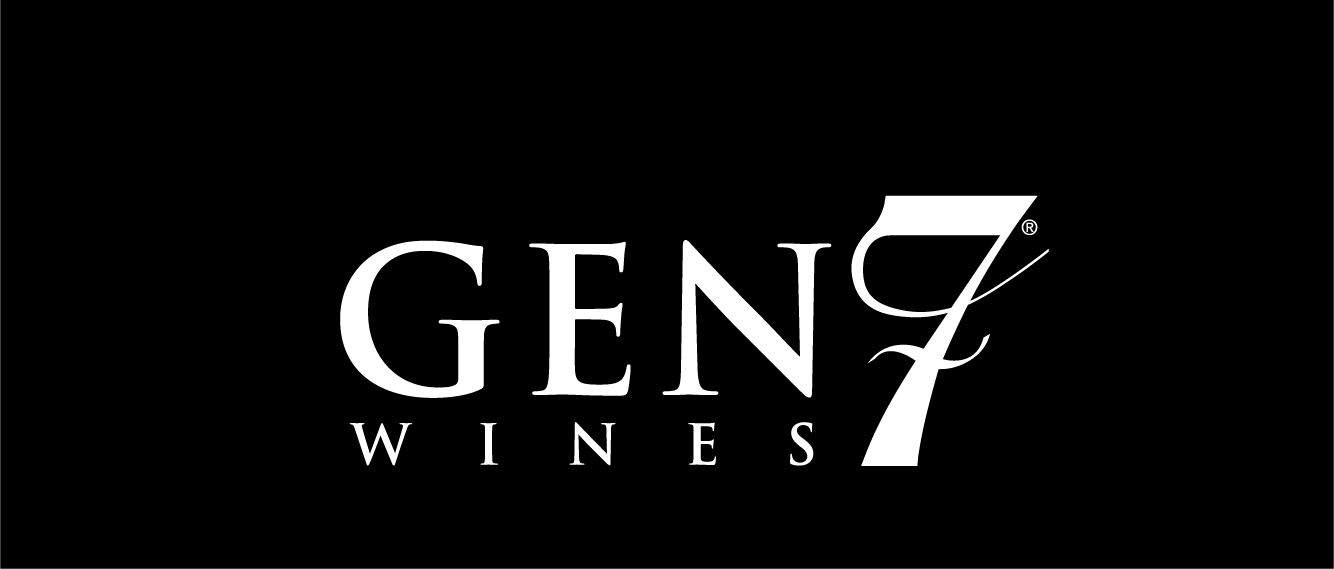Sauvignon Blanc Unveiled: A Journey Through its Flavors and Charms
Sauvignon Blanc is a renowned white wine grape variety cherished for its refreshing acidity, vibrant flavors, and versatility. This grape has earned a special place in the hearts of wine enthusiasts worldwide. Let’s understand and dive into the world of Sauvignon Blanc, exploring its origins, growth regions, primary flavors, proper handling, food pairings, and some intriguing fun facts. Additionally, we'll offer some tips on tasting Sauvignon Blanc to help you appreciate its diverse characteristics.
What is Sauvignon Blanc?
Sauvignon Blanc is a green-skinned grape variety that thrives in various wine regions around the world. Its name derives from the French words "sauvage" (meaning wild) and "blanc" (meaning white), hinting at its wild origins and the color of its grapes. This grape is famous for its ability to produce a wide range of wine styles, from crisp and grassy to lush and tropical.
Where Does Sauvignon Blanc Grow?
France
Sauvignon Blanc's homeland is France, particularly the Loire Valley and Bordeaux regions. In the Loire Valley, you'll find Sancerre and Pouilly-Fumé, which produce some of the most iconic Sauvignon Blanc wines. Bordeaux often blends Sauvignon Blanc with Sémillon to create elegant white Bordeaux wines.
New Zealand
New Zealand, especially the Marlborough region on the South Island, has gained international acclaim for its vibrant and zesty Sauvignon Blanc. The cool climate and maritime influence contribute to its unique flavor profile.
California
In the United States, California's Napa Valley and Sonoma County are notable for producing Sauvignon Blanc with bright fruit flavors and well-balanced acidity.
South Africa
South Africa's Stellenbosch and Walker Bay regions produce Sauvignon Blanc with tropical fruit notes and a hint of herbaceousness.
Chile
Chile's Casablanca Valley and Leyda Valley are emerging as Sauvignon Blanc hotspots, offering wines with crisp acidity and citrusy aromas.
Sauvignon Blanc's PRIMARY Flavors: Citrus and Herbs
Sauvignon Blanc showcases an array of flavors, often influenced by the region where it's grown:
Citrus
Lemon, lime, and grapefruit notes are common, adding a zesty and refreshing quality to the wine.
Green herbs
Sauvignon Blanc can exhibit herbaceous aromas, such as freshly cut grass, green bell pepper, and gooseberry.
Tropical fruits
In warmer climates, you may find flavors of passion fruit, guava, and pineapple, which add a touch of sweetness.
Minerality
Some Sauvignon Blanc wines express mineral characteristics reminiscent of wet stones or flint.
What to Eat with Sauvignon Blanc: Food Matches
Sauvignon Blanc's versatility makes it an excellent companion for various dishes:
Seafood
Pair with oysters, shrimp, or grilled fish for a harmonious match.
Goat cheese
Its acidity complements the creamy tang of goat cheese.
Salads
Sauvignon Blanc's herbaceous notes work well with salads featuring vinaigrette dressings.
Asian cuisine
Try it with sushi, Thai, or Vietnamese dishes for a refreshing contrast.
Light poultry
Chicken or turkey dishes make great pairings, especially those with citrus-based sauces.
Interesting Facts About Sauvignon Blanc
Sauvignon Blanc is a parent grape: It's one of the parent grapes of Cabernet Sauvignon, the famous red wine variety.
Sancerre vs. Pouilly-Fumé
Sancerre and Pouilly-Fumé are both Sauvignon Blanc wines from the Loire Valley, but they have distinct terroirs, with Sancerre being more citrusy and Pouilly-Fumé having smokier notes.
Fumé Blanc is Sauvignon Blanc
In the United States, winemaker Robert Mondavi coined "Fumé Blanc" as a marketing ploy to popularize Sauvignon Blanc wines.
Bordeaux white blends
In Bordeaux, Sauvignon Blanc is often blended with Sémillon and sometimes Muscadelle to create classic white Bordeaux wines.
Sauvignon Blanc's aromas vary with terroir
The grape's aromas and flavors can differ significantly depending on where it's grown, from grassy and herbal in cooler climates to tropical and fruity in warmer regions.
Trying Sauvignon Blanc: How to Taste It
To fully appreciate Sauvignon Blanc, follow these steps:
Sight: Observe the wine's color, which should be pale yellow to light green.
Smell: Swirl the wine gently to release its aromas. You might detect citrus, herbs, or tropical fruits.
Taste: Take a sip and let it coat your palate. Note the acidity, flavors, and finish. Is it crisp and refreshing, or more rounded and complex?
Temperature: Serve Sauvignon Blanc slightly chilled, around 45-50°F (7-10°C), to enhance its freshness.
Sauvignon Blanc is a versatile and delightful white wine known for its diverse flavors and worldwide appeal. Whether you're enjoying a grassy Sancerre from France or a fruity Marlborough Sauvignon Blanc from New Zealand, this grape variety offers a captivating wine experience worth exploring.
If you're looking to purchase Sauvignon Blanc, simply click "Shop" to explore more about our wines. If you're eager to savor a glass of Sauvignon Blanc in a welcoming environment, we offer both indoor and outdoor seating options for our Tasting Room:
Walk-ins are always welcome. However, we encourage reservations for groups larger than 4. To inquire about larger groups or make reservations, please email us or call us at 844-436-7946.
And yes, at GEN 7 Wines, we're family and pet-friendly! When booking, please ensure you reserve for the number of tastings only. We look forward to welcoming you to our winery for a delightful Sauvignon Blanc experience.

